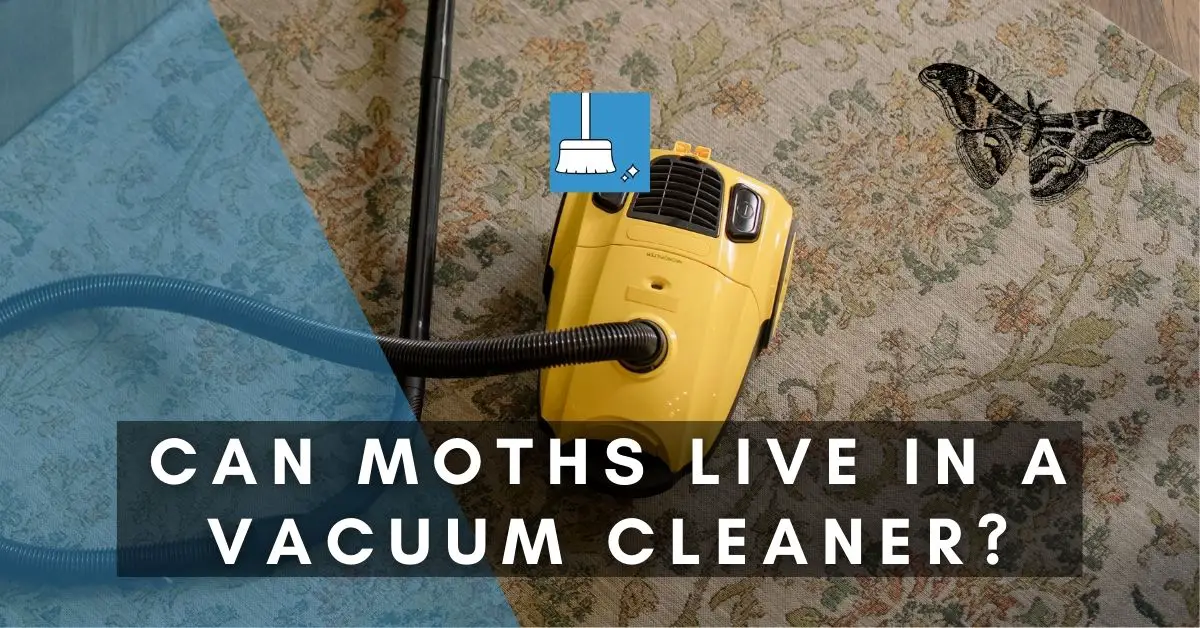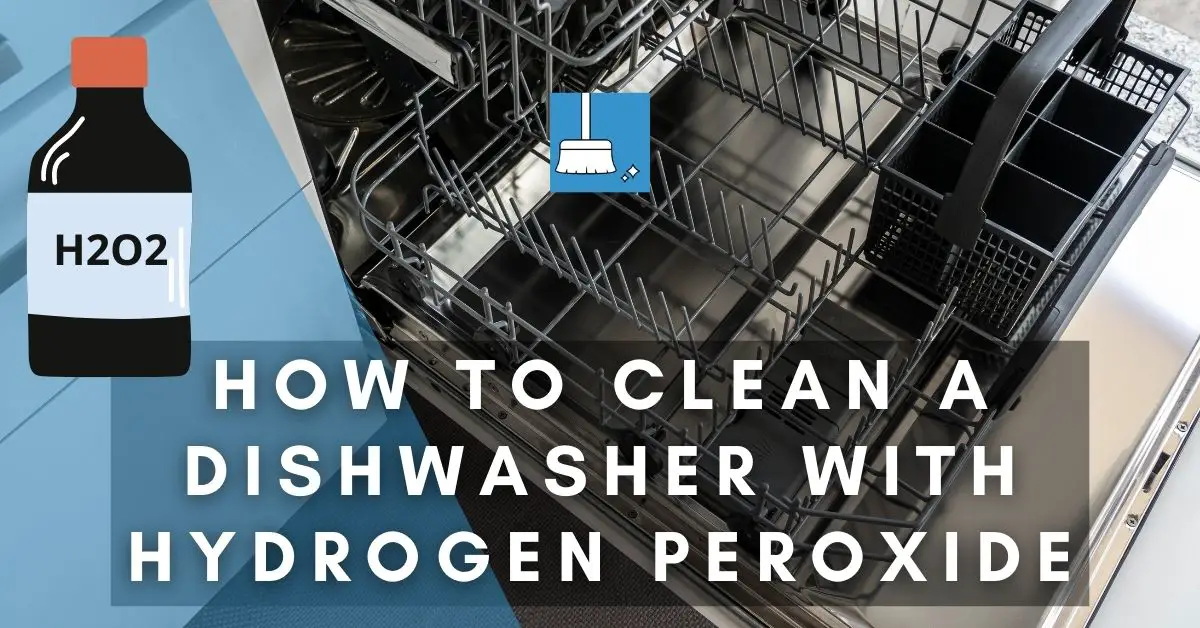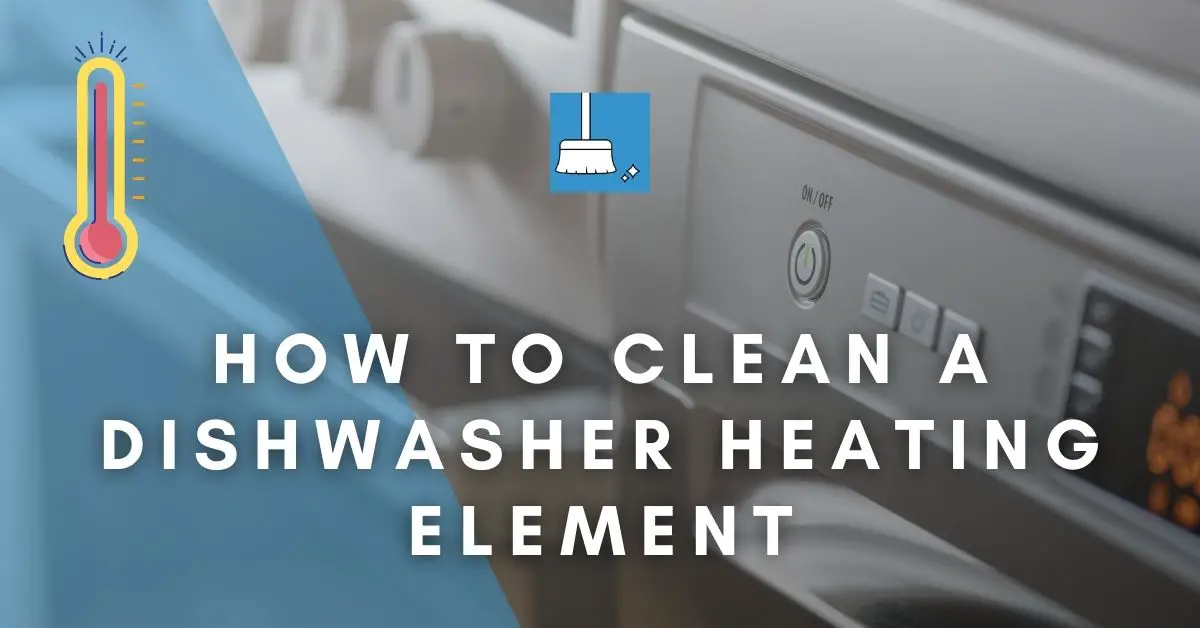Of the 160,000 species of moths, only a handful of species pose a threat as pests in your household.
These moths can live in your vacuum cleaner. In fact, the vacuum cleaner bag or dust container provides an ideal environment in which moth larvae will thrive.
As the names suggest, the pantry moth will be commonly found in your grocery cupboard and the clothes moths in your wardrobe.
Can Moths Live In a Vacuum Cleaner?
Are the Conditions Inside a Vacuum Cleaner Ideal for Moths to Survive In?
Vacuum cleaners provide an excellent habitat in which both pantry- and clothes moths will happily live. Vacuum cleaner bags and dust containers are dark, dusty, warm, and relatively undisturbed.
They also contain food for the moths in the form of fibers, lint, crumbs, and dirt. They can provide a home to all the life stages of moths from egg to larvae to pupae into adulthood.
What to Do If Moths Are Stuck in Your Vacuum Cleaner?
STEP 1: Take the entire vacuum cleaner outside and as far away from the house as possible before attempting to remove the moths.
STEP 2: Open a garbage bag and spray the inside with an aerosol insecticide that contains Permethrin or Pyrethrin such as Raid fly spray.
STEP 3: Place the vacuum cleaner bag inside the garbage bag and tie the open end of the garbage bag, to seal it tightly before throwing it into the outside bin.
STEP 4: Detach the hose and attachments and spray their inner surfaces with the same insecticide.
STEP 5: Wash the hose and attachments out with a mild solution made from bleach and hot water and rinse with hot water.
STEP 6: If the container where the bag is held can be removed from the motor of the vacuum cleaner, you should clean it out using the same methods laid out in Steps 4 and 5.
STEP 7: Allow the separate vacuum cleaner parts to dry in a well-lit and ventilated area.
STEP 8: Inspect the parts to make sure all traces of the moths are gone before reassembling the vacuum cleaner and putting a new bag inside.
How Do Moths Get Inside Your Vacuum Cleaner?
Moths will only be in your vacuum cleaner if you have used them to clean moth-infested areas of your home.
While vacuuming is an excellent way to remove all the eggs and larvae from your pantry, wardrobe, and rugs, if you don’t remove the bag and clean the hose and attachments of the vacuum cleaner, the moths will continue to survive inside the appliance.
Can Moths Harm Your Vacuum Cleaner?
Moth larvae can eat through disposable vacuum cleaner bags and may jam the moving and electrical parts of your vacuum cleaner if they are present in large numbers.
While they may not damage your vacuum cleaner to this extent, they can breed inside the device and reinfest your home.
How Long Do Moths Live?
The lifecycle of clothes and pantry moths varies in length according to climatic conditions, day length, and the amount of food available.
The lifecycle of a pantry moth usually takes 50 days to complete however varies from 28 days to 300 days depending on the ambient temperature and food availability. Mature female pantry moths lay 100 to 300 eggs at a time.
The eggs hatch after 2 to 14 days. The larval stage during which the damage to food occurs lasts between 14 to 70 days (up to 164 days), after which the fully grown larvae spin cocoons.
They pupate for 1 week, after which the adult moths are released from the cocoons.
The adult pantry moths are alive for a much shorter period, with the males dying after mating and the females dying after they lay eggs, which happens in a two-week period.
The lifecycle of clothes moths starts when adult female clothes moths lay 30 to 200 eggs in clutches held together and onto their substrate by a jelly-like glue. 4 to 10 days later the larvae hatch. They eat for a period of at least two months but in some cases, they survive up to two years!
The larvae pupate in cocoons for one to two months. Adult clothes moths spend 10-50 days maturing and live for 15-30 subsequently as mature adults.
Where do moths live?
Pantry moths are found worldwide, particularly in tropical climates.
Clothes moths are also as widespread. The perfect habitats for these types of moths are in warm, dark, undisturbed places in human homes. In the wild, they are found in the nests of birds or in the hair and fur of animal and bird carcasses.
However, the explosion of their numbers is linked to the increasing number of human homes and features such as improved insulation and central heating.
Though moths are more prolific in summer and autumn, they do reproduce in the cooler months. Their lifecycles take longer to complete in cold weather conditions which accounts for the decrease in their numbers.
Pantry moths commonly infest grain storage facilities such as silos and warehouses and often arrive in your kitchen as eggs contained in packaged grain-based food items. The larvae are able to bite through plastic and cardboard in order to reach other food sources in your pantry.
In other cases, adult moths fly in to lay their eggs in food sources specific to their larvae. The eggs themselves are tiny (0.3mm to 0.5mm) and thus hard to spot with the naked eye.
Female clothes moths fly into homes and lay their eggs in dark, quiet places onto fabrics that will provide food for their larvae once they hatch.
What Do Moths Eat?
The adult moths of all the above-mentioned species don’t actually eat. All the nutrients they require are obtained during their larval stage.
The larvae of pantry moths eat a wide variety of grain-based products including cereals, wheat, pasta, rice, bread, flour, dried fruit, spices, birdseed, and dry pet food.
Pantry moth larvae may also cannibalize their siblings in competition for food. Pantry moth infestations can be determined by spiderweb-like thread embedded with fecal matter, egg casings, and the presence of off-white or pinkish to brown worms (which are only 12mm in length when fully grown) in food packets and containers.
The larvae of clothes moths eat natural fibers which contain keratin such as clothes made from silk, cashmere, wool, leather, and furs. They will also feast on rugs and carpets made from the same materials.
One can determine if there is a clothes moth infestation by the otherwise unexplained tiny round holes they make in these types of clothes. They prefer to eat dirty clothes to clean ones, as they are attracted to dirty clothes by the smell of sweat and body oil.
The larvae themselves are small and secretive and hide in portable cigar-shaped cases made from fibers and hairs, in the case of case-making clothes moths and silky web-like threads in the case of webbing clothes moths.
One can identify groups of cases by their appearance and color which is determined by the cloth the moth larvae have eaten.
Final Thoughts!
Pantry moths and clothes moths are pests that eat and contaminate food products and damage clothes.
The best ways to keep them out of your home is through regular deep cleaning and the use of moth traps which can be placed in your pantry and wardrobe, and last for up to 8 weeks. Clothes that are not worn regularly should be stored inside vacuum-sealed bags.
If moths are not a problem in your home, they will not be inside your vacuum cleaner. Other smaller flies and insects (such as silverfish) may generally not survive for long in a vacuum cleaner.
Happy Vacuuming!






Pingback: Can Flies Survive In A Vacuum Cleaner? (Solved!) + More »